Zipp 353 NSW wheels reviewed
The whale-inspired 353 NSWs are not three times better than Zipp’s own competition at a third of the price - but you will enjoy the differences if you are able to dig deep
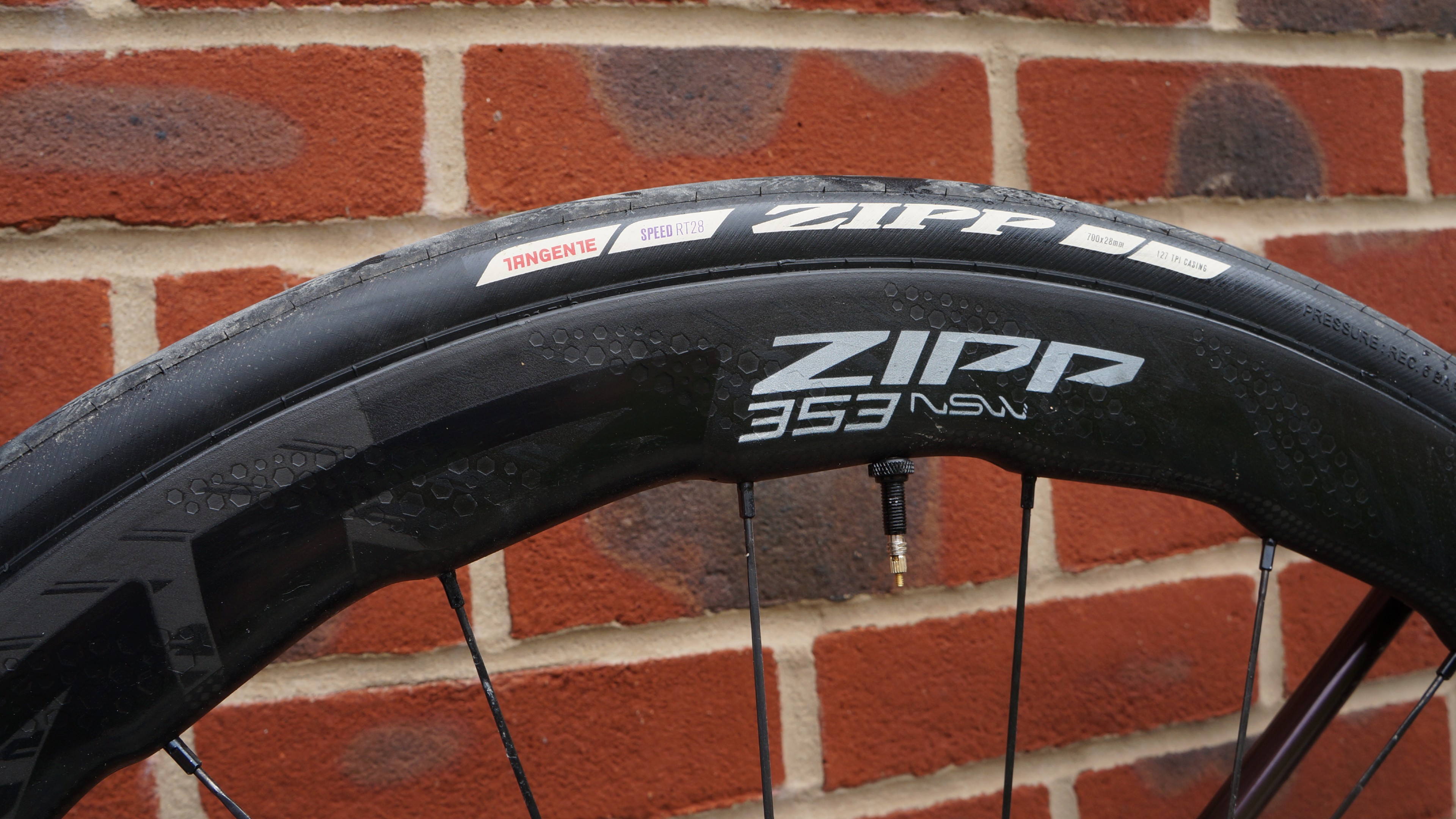
One to opt for if money is no object (and, of course, you want to ride tubeless), Zipp’s 353 NSW is an extremely light and nimble wheelset, which utilises the lower pressures of a tubeless setup to boost compliance. The sawtooth profile is very much a marginal gain, and it's expensive, so this is a pair to opt for if you’re the kind of rider for whom only the best will suffice.
-
+
Extremely compliant
-
+
Lightweight
-
+
Tyres go onto hookless rims easily
-
-
Expensive
-
-
Hookless rims aren't for everybody
You can trust Cycling Weekly.

In a market where we’re seeing a rise in emerging brands offering speedy deep-section rims below the four-figure threshold, Zipp’s 353 NSW road bike wheel offering looks expensive. At £3,200 ($4,000) a pair, they’re over three times the price of the US brand’s own competition - the 303S - at £985.
There are differences between the two wheelsets, they're just rather nuanced. Testing the two directly against each other did show the pricier wheels to be more refined - albeit, a marginal differential.
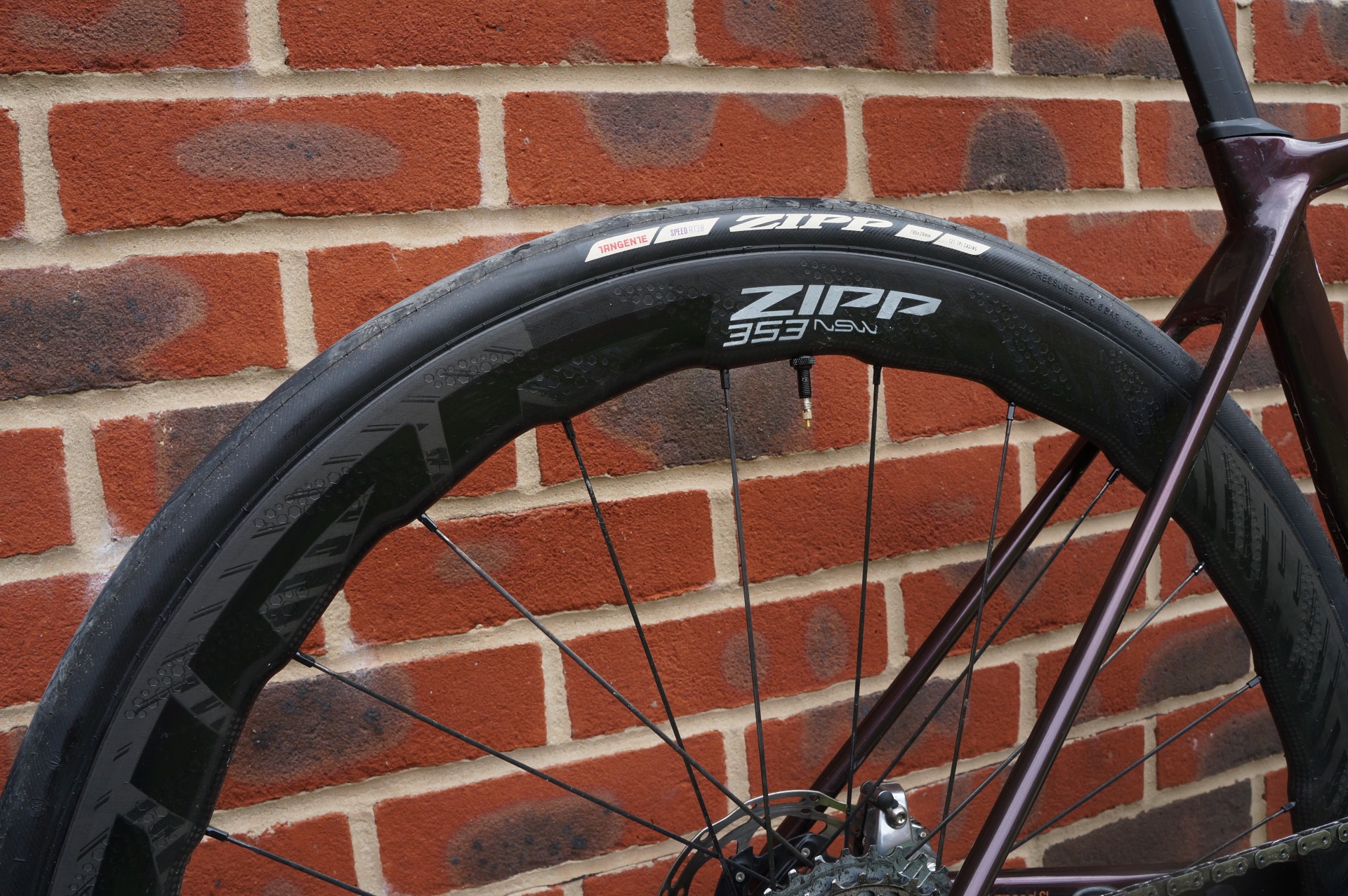
Zipp 353 NSW: construction
Zipp has flipped its focus in recent years to what it calls ‘Total System Efficiency’. Without giving you a full debrief of the marketing slides, Zipp's current emphasis is balancing aerodynamics, weight, vibration management and rolling resistance. The brand is very open about the fact that the 353 NSW rim isn’t necessarily aerodynamically straight-line faster than the also-45mm 303S. Instead, it has taken its testing out of the wind tunnel and into the real world, claiming watt savings in the region of 10 watts at 40kph through this more holistic - to use a very kale and kool aid friendly term - approach.
A lot of the reduction in vibration comes via the fact that these wheels are dedicated to a tubeless setup, they feature a hookless rim (which will limit your tyre choice, and pressure to a max of 72psi). Zipp recommends running low pressures, inputting my weight into SRAM's online tool, it suggests I go for 53psi in the front and 57psi at the rear, though I tended to round up to 55psi and 60psi during testing.
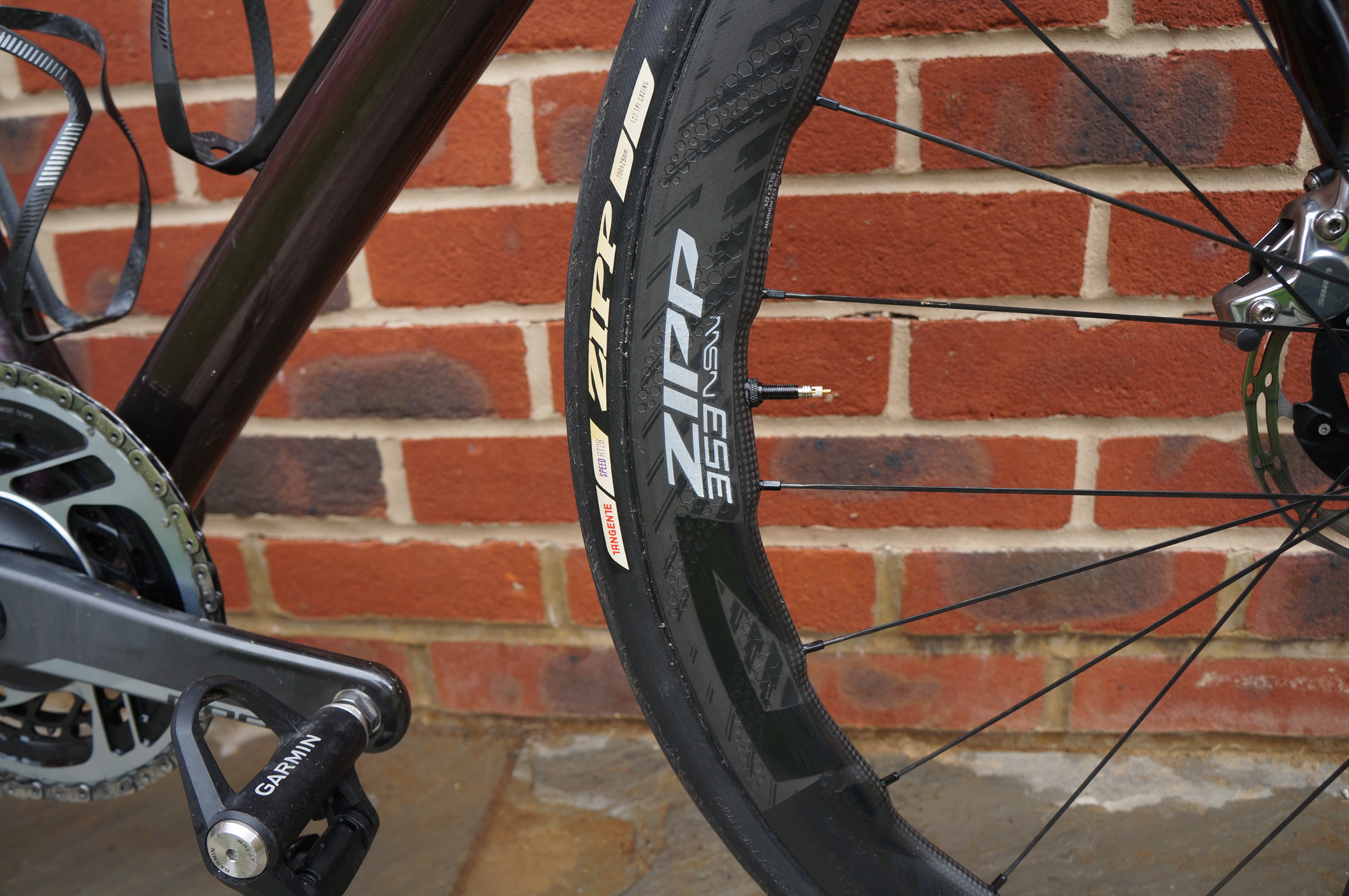
The internal rim width is pretty mega - at 25mm. How wide this is vs traditional wheels is obvious to the naked eye. The 28mm Zipp Tangente tyres I fitted measured 30.9mm on my gauge, at 60psi. On the Zipp 303S, using the same tyres, I got 30.3mm.
The 353 NSW uses an undulating 45mm-deep rim shape. According to Zipp, alongside the surface dimples and ImPress graphics printing, the ‘Sawtooth’ profile (which is famously inspired by whales) means that the 353 NSW performs well across all yaw angles, therefore limiting the negative effect crosswinds have on handling.
The undulating nature also drops the weight, Zipp claims 1,225g without tape and valves. With them, I got 707g for the rear and 601g at the front (1,308g in total). This is Zipp's lightest ever tubeless ready wheelset, and the superlative is sincerely well deserved - not many options in the same price bracket come close.
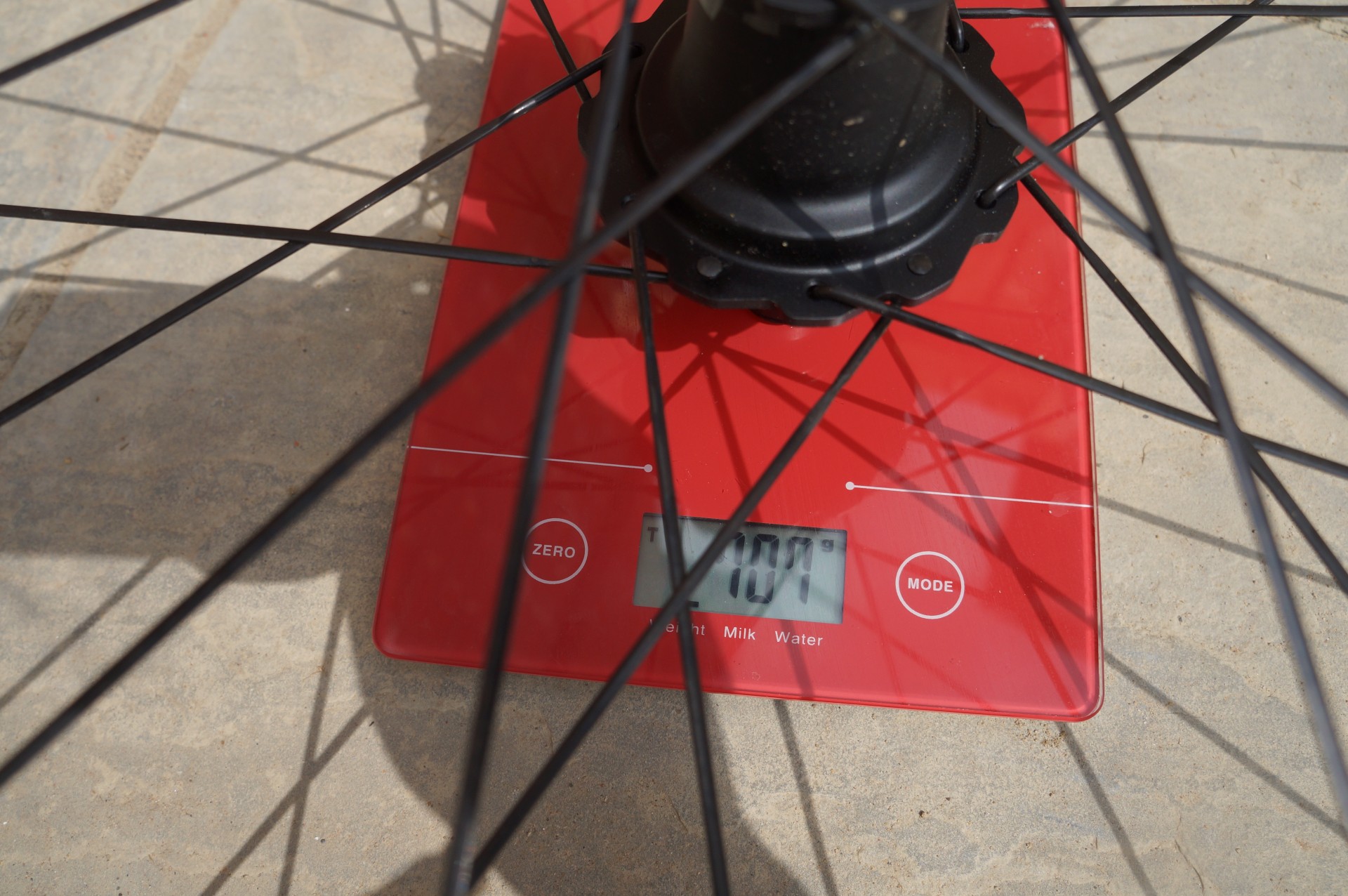
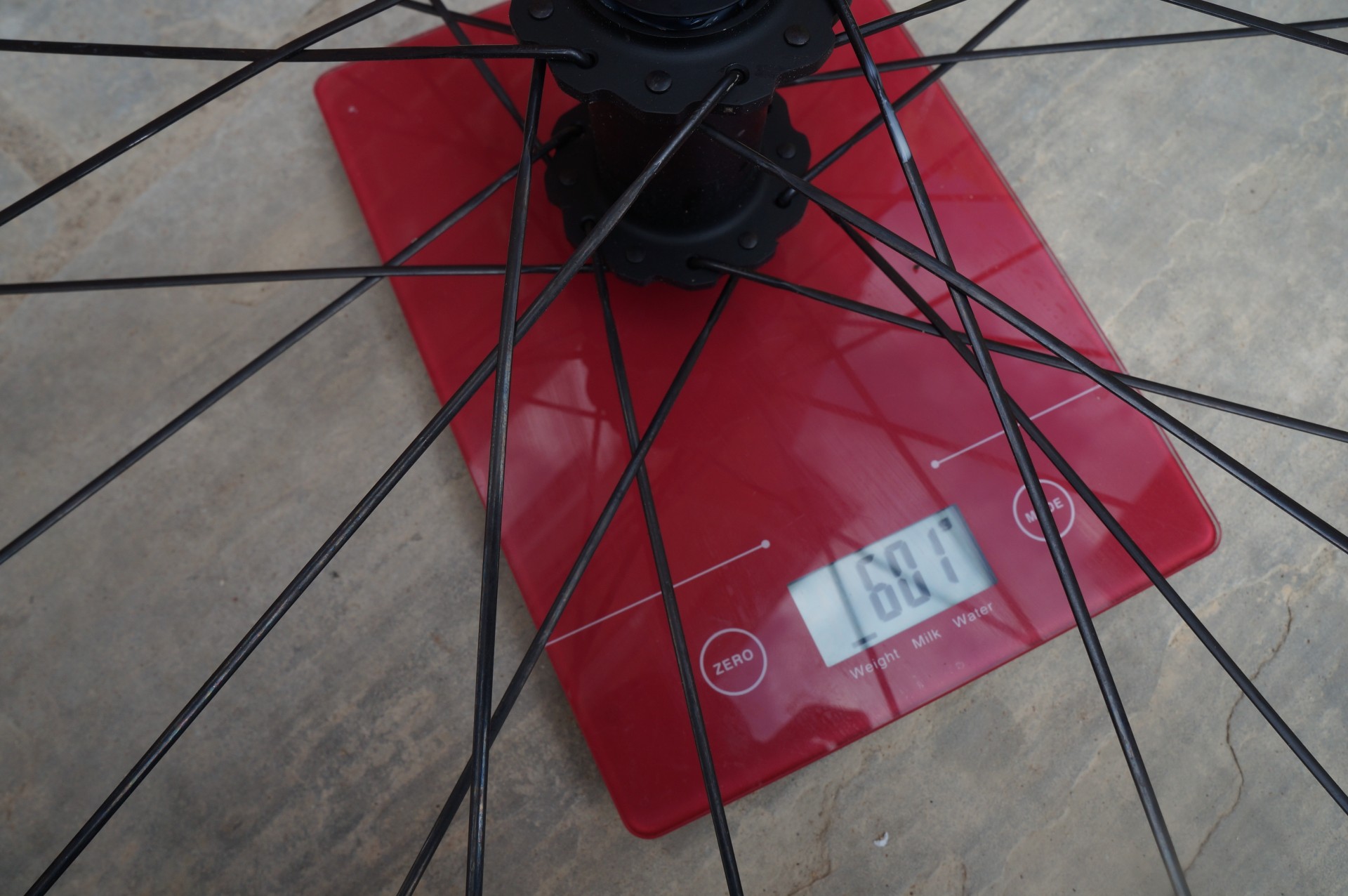
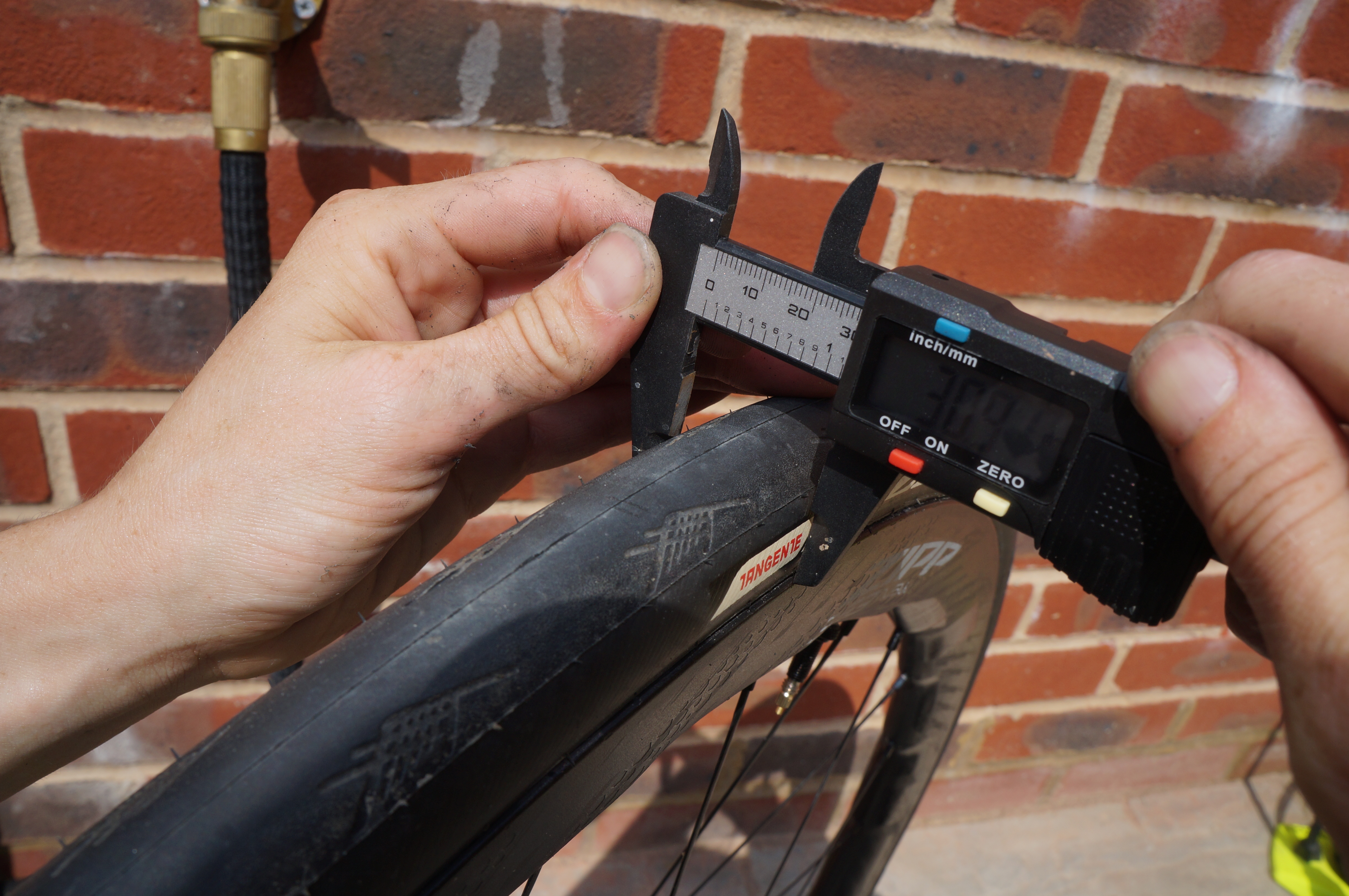
The centre of the rear wheel houses Zipp’s Cognition V2 Hubset. Zipp has replaced the previous spring clutch mechanism with a Sylomer ring, with a plastic carrier on top to provide the spring action. The foam-like material is used in medical and automotive industries, and makes for much easier maintenance due to the reduction in small, fiddly components.
There’s 54 points of engagement - much more than the 36 previously, promising quicker pick up. The freehub isn't particularly noisy, something I'd consider a plus but comes down to personal preference.
There are 24 spokes front and rear, the rotor uses a centerlock, you can have an XDR or SRAM/Shimano driver body, Campagnolo driver bodies are are sold separately.
Zipp 353 NSW: the ride
I tested the Zipp 353 NSW wheelset aboard a Liv Langma road bike, swapping between the Cadex wheels it came with, the Zipp 303S, and this extremely pricey 353 NSW pair.
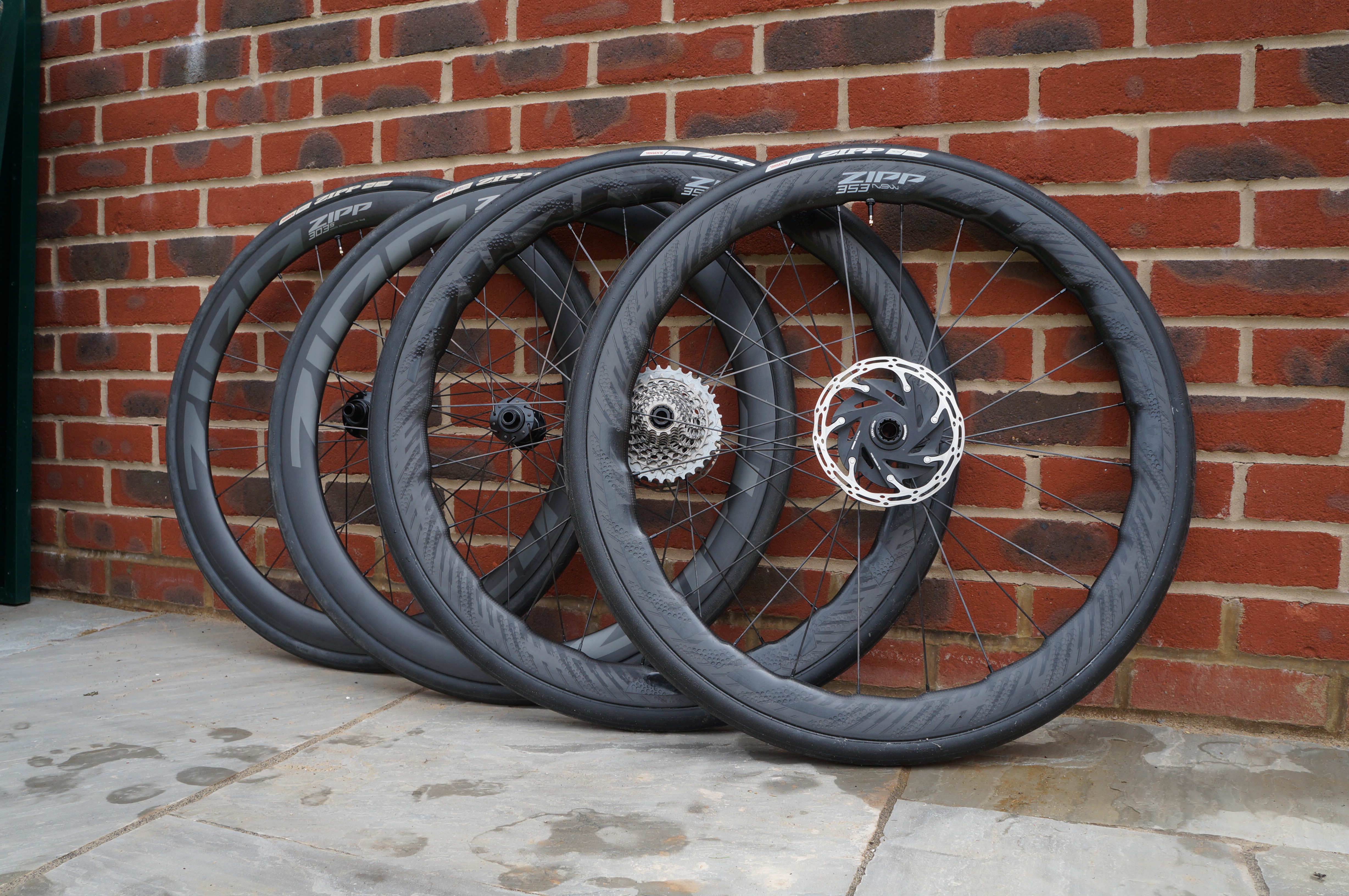
As per the 303S, the hookless profile and matching Zipp tyres made for easy tubeless set up. I did have to use the booster pump three times to get one tyre to seat, but the other went up immediately, taking less time than it might to swap an inner tube due to the ease with which the rubber went onto the rim.
The tyres themselves seem susceptible to nicks. I had one non-sealing flat, and one flat that did seal, during this test period. I am still very much agnostic when it comes to tubeless tech for the road. Obviously, it's worth being sure tubeless life is the life for you before laying down this much cash. Whilst you can run tubes with the wheels, they must be within a tubeless ready (hookless approved) tyre, if you'd rather run tubes you'd be better off with a supple tyre not designed to hold sealant (and latex tubes if you're chasing rolling resistance savings).
When it came to the road test, my expectation was that it would be extremely hard to determine the difference between the 353 NSW and the 303S. I wasn't entirely correct.
Leaving my home via an unmade road, the 353 NSW was notably smoother. So much so that when I swapped onto the 303S - a wheelset I still thoroughly recommend - I was struck by quite how bumpy the ride was. This observation stayed firmly in my mind because, at the time of making it, I was concentrating on leaving the estate and not the test itself - which arguably makes it more meaningful.
The same notion featured throughout. On sections where the road was cracked or rutted, the 353 NSW provided a significantly smoother passage.
Heading along a flat section during back-to-back testing on a windy day, crosswinds that sent the front of the bike wondering when running the 303S did seem to buffet me less, too. Of course, it would be impossible to test the two sets in identical conditions. Regardless, a 50mm wheelset is pretty manageable in all but the worst winds. If there is a benefit from the Sawtooth profile, it’s absolutely a ‘nice to have marginal gain’, not a difference that’ll transform a ride.
Comparing two rides directly, at zone 2 on a 30-minute loop at 17.2 and 17.4mph respectively, I was 0.2mph faster on the 353 NSW, when compared with the 303S - with my power just 2 watts higher on the faster wheel. Undeniably, there were other elements that could affect speed, especially with variable winds at play, but it gives you an idea.
How minor that difference is depends on your mindset - 0.2 miles is 322m which could add up to seconds on a time trial but likely won't mean much to you on a weekend jaunt. I am planning to retest both sets of wheels, at FTP pace, once I can get some time at an outdoor velodrome - so stay tuned for some more numbers in a dedicated upcoming feature.
There’s no doubt about the fact that the 353 NSW wheelset feels stiff under acceleration, responds quickly - in no small part due to the weight - corners beautifully and ‘holds its speed’. You’d expect nothing less from a wheelset costing more than many people spend on a bike. What was most notable, for me, was the extent to which they smoothed out the road beneath me.
Zipp 353 NSW: value
This is almost as far from a value-orientated wheelset as it gets; the Zipp 353 NSW is not a choice for those watching the wallet.
The 353 NSW was launched at around the same time as the Campagnolo Bora Ultra, which we'll be reviewing soon. That weighs more - 1,422g - and costs £2,800, so Zipp isn't actually out of the realms of its competition. It's just that, these days, there are some very good wheels available for less.
Are they three times as good as the 303S? No. Would I choose them for a race, where the chance of crashing is elevated? No. For a National B road race on the weekend, I chose the 303S - purely for peace of mind. But if your pockets are deep enough and you’re after the optimum in performance, these are lightweight, rapid wheels that give up an undisputably rattle-free ride.
- RRP: £3200.00 / $4000.00 / €3600.00
- Depth: 45mm undulating
- Internal rim width: 25mm
- Weight: 1,308g (with tape, end caps and valves)

Thank you for reading 20 articles this month* Join now for unlimited access
Enjoy your first month for just £1 / $1 / €1
*Read 5 free articles per month without a subscription

Join now for unlimited access
Try first month for just £1 / $1 / €1
Get The Leadout Newsletter
The latest race content, interviews, features, reviews and expert buying guides, direct to your inbox!
Michelle Arthurs-Brennan the Editor of Cycling Weekly website. An NCTJ qualified traditional journalist by trade, Michelle began her career working for local newspapers. She's worked within the cycling industry since 2012, and joined the Cycling Weekly team in 2017, having previously been Editor at Total Women's Cycling. Prior to welcoming her first daughter in 2022, Michelle raced on the road, track, and in time trials, and still rides as much as she can - albeit a fair proportion indoors, for now.
Michelle is on maternity leave from April 2025 until spring 2026.
-
 'I'll take a top 10, that's alright in the end' - Fred Wright finishes best of British at Paris-Roubaix
'I'll take a top 10, that's alright in the end' - Fred Wright finishes best of British at Paris-RoubaixBahrain-Victorious rider came back from a mechanical on the Arenberg to place ninth
By Adam Becket Published
-
 'This is the furthest ride I've actually ever done' - Matthew Brennan lights up Paris-Roubaix at 19 years old
'This is the furthest ride I've actually ever done' - Matthew Brennan lights up Paris-Roubaix at 19 years oldThe day's youngest rider reflects on 'killer' Monument debut
By Tom Davidson Published
-
 'One of the hardest races I've ever done in my life' - Tadej Pogačar finishes runner-up on Paris-Roubaix debut after crash
'One of the hardest races I've ever done in my life' - Tadej Pogačar finishes runner-up on Paris-Roubaix debut after crashWorld champion reacts to 'extremely hard' battle with Mathieu van der Poel
By Tom Davidson Published